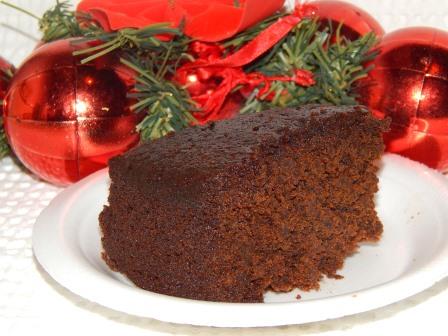
In many Caribbean households, the most wonderful time of the year isn’t wonderful without a glazed ham, a jug of artfully spiced sorrel, or the boozy Christmas cake at the dinner table. Known as black cake in some parts of the Eastern Caribbean, this rich, molasses-spiced cake can be traced back to plum pudding recipes British colonizers brought to the West Indies in the eighteenth century.
Shared ingredients between these two desserts – brown sugar, dark rum and browning – are reminiscent of a time when the economic value of sugar, fuelled by the ills of slavery, kept British interest in the West Indies high. As such, Christmas cake is the embodiment of two extremes: labour and luxury. Myriad tweaks and tricks have since been applied to its recipe, but Christmas cake will always retain its relevancy from the backwaters of Caribbean history.
It takes time and planning to whip up a showstopping Christmas cake. Production of the cake begins almost a full year in advance. Cherries, currants, prunes, raisins and orange peels are soaked in rum and wine for three to six months in airtight jars to make the fruit sufficiently saturated for the cake. Cinnamon, nutmeg, a bay leaf and other spices are added to sifted flour to make the cake batter. Browning – also known as burnt sugar – is poured into the batter right before it goes into the oven, giving Christmas cake gets its dark, distinctive colour.
The cake is eaten at Christmas dinner and afterward – in thin slices – for as long as it lasts. Worried about your cake drying out? No worries! Serve it with a hard sauce, made with butter, sugar and rum. If you’re a little more straightforward, simply pour (more) rum on top of the cake if it gets dry, effectively preserving your cake in alcohol.
May your homes be happy, may your bellies be full, and may your Christmas be bright. Happy Holidays!